Marché de Tongin (통인시장)
19.3Km 2022-12-13
18, Jahamun-ro 15-gil, Jongno-gu, Seoul
+82-2-722-0911
Le marché de Tongin a été crée en juin 1941 sous l’occupation japonaise. Après la guerre du 25 juin, le région de Seochong a connu une hausse de la consommation causée par la soudaine croissance démographique. Des boutiques et des magasins se sont créés sous forme de marché public.
Le marché public Tongin se compose de 75 restaurants dont principalement des restaurants et des magasins de banchans (petits plats d'accompagnements) qui livrent des produits frais : poissons, fruits et légumes. D’autres commerces de vêtements, chaussures et retouches sont présents sur le marché.
Pont suspendu Majanghosu (마장호수 출렁다리)
19.3Km 2023-09-18
313, Gisan-ro, Gwangtan-myeon, Paju-si, Gyeonggi-do
Le pont suspendu Majanghosu est un site prisé pour les loisirs aquatiques et les promenades. Le site est entouré de divers monts et lacs tout étant très réputé durant les levers de soleil. Le pont est aussi situé près du temple Bogwangsa, des jardins Byukchoji et du resort Gongneung.
Eulmildae Pyeongyang Naengmyeon (을밀대평양냉면)
19.3Km 2021-03-26
24, Sungmun-gil, Mapo-gu, Seoul
+82-2-717-1922
It is a famous Pyongyang naengmyeon (Korean cold noodle) restaurant in Mapo where a lot of customers always wait in line. This restaurant's signature menu is Pyeongyang cold buckwheat noodles. This Korean dishes restaurant is located in Mapo-gu, Seoul.
Grand Magasin Lotte (Yeongdeungpo) (롯데백화점-영등포점)
19.3Km 2017-09-19
846, Gyeongin-ro, Yeongdeungpo-gu, Seoul-si
+82-2-2632-2500
Le Grand Magasin Lotte à Yeongdeungpo , situé au niveau de la station Yeongdeungpo à Séoul, sert d'attraction commerciale pour la zone de Gangseo et d'Incheon. Ce grand magasin ainsi que la station de métro Yeongdeungpo font figure d'immense zone commerciale développée.
Ouvert de 10h30 à 20h, il est fermé un lundi par mois et reste ouvert plus longtemps les vendredis, samedis et dimanches.
Hanok Guesthouse Dongchonchae / 한옥 게스트하우스 동촌재
19.3Km 2025-08-12
21-10, Jahamun-ro 11-gil, Jongno-gu, Seoul
Built in 1939, Dongchonchae was designated as Seoul Well Hanok by the Seoul Metropolitan City in 2016. In 2020, this hanok (traditional Korean house) received the Certificate of KOREA QUALITY from the Korea Tourism Organization in the Heritage Hanok field in recognition of its historicity and quality of services. Dongchonjae is located in the western side of Gyeongbokgung Palace, at Seochon. When one passes through its main gate, one sees the yard, with anchae (women's quarters), sarangchae (men's quarters), and byeolchae (detached quarters) surrounding the plot. Anchae has four rooms, daecheong (wood-floored main hall), a kitchen, and a restroom. One of the rooms is used for tea ceremonies as well. Outside of the sarangchae and byeolchae, which are the living spaces for the owners, visitors have free access to the numaru (raised open floor) and the yard. The anchae’s rooms “Bom” and “Yeoreum” can accommodate 2 to 3 adults each, while the rooms “Gaeul” (Tea Room) and “Gyeoul” are optimal for two. The building is rented out as a whole, so no more than one group may stay in the building at any given time. Standard occupancy is four persons, and eight is the maximum number. There are two restrooms, one within the anchae building, one out in the backyard.
Cooking is not allowed in the kitchen, but guests are free to bring in outside food. Experience programs on offer include nighttime exploration of Seoul City Wall, tea ceremony, folk songs, and rice cake making. Additional payment is only required for rice cake making. Guests may choose between two types of complimentary breakfast: Korean, which comes with rice, soup, and three side dishes; and Western, which comes with bread, salad, and coffee. There are a 100-in screen and mini projector for film watching in the yard or daecheong. Towels, toiletries, hair dryer, bottled water, traditional tea, and capsule coffee are included. The kitchen is equipped with kitchen utensils, a microwave, and a coffee pot, enough for instant foods. Guests also have access to refrigerator and washing machine
Parc Sajik à Séoul (사직공원(서울))
19.3Km 2022-09-19
89, Sajik-ro, Jongno-gu, Seoul-si
+82-2-2148-2834
Le parc Sajik est l’un des trois parcs les plus populaires de Jongno-gu, avec le parc Tapgol et le parc Samcheong. Situé à l’Ouest du complexe du gouvernement central, au Sud-Est du mont Inwang, le parc possède la taille impressionnante de 188,710 m².
Le nom du parc remonte à 1395, lorsque Taejo Lee Sung-gye construisit le premier Sajikdan (autel dédié aux divinités d’Etat), avec en son centre, le sanctuaire Jongmyo (sanctuaire ancestral royal). « Sa » désigne la divinité de la terre, tandis que « jik » se réfère au dieu des cinq céréales. Des rituels pour obtenir une bonne récolte avaient lieu régulièrement au Sajikdan. Néanmoins, le site n’a pas été reconnu officiellement comme parc jusqu’en 1922, lors de la période coloniale japonaise.
Dans le parc, on trouve plusieurs terrains de jeux, des statues de Sin Saimdang, Hwanghakjeong et Yi I (souvent mentionné sous son nom de plum « Yulgok »), ainsi que la bibliothèque municipale des enfants. Le sanctuaire de Dangun et la bibliothèque de Jongno se trouvent à proximité. En suivant le sentier près du parc Sajik pendant environ 5 minutes, les visiteurs peuvent atteindre le parcours de randonnée du mont Inwang relativement facilement.
Haeunjae / 하은재
19.3Km 2025-08-12
68-10, Jahamun-ro, Jongno-gu, Seoul
Haeunjae (下隱齋), meaning “hermit’s residence,” is a hanok (traditional Korean house) residence located in Seochon Hanok Village, near Gyeongbokgung Station on Seoul Subway Line 3. It is dedicated to the ideal of “movies and rest,” and takes after the characteristic form of modern hanok with a small courtyard. The entire house is rented out at once, with a queen bedroom, kitchen, movie room, and two restrooms. Up to 4 guests can reserve the house, with each additional guest above the standard of 2 having access to additional bedding.
The movie room is furnished with a Bose sound system, beam projector, and screen, along with a mobile foot bath. The kitchen is equipped with a refrigerator, hand drip coffee maker, toaster, electric kettle, and utensils. A 10% discount is available for guests staying for more than 2 nights on weekdays, and towel replacement and cleaning services are offered for guests staying for more than 3 nights.
The residence is located close to tourist sites like Tongin Market, Gyeongbokgung and Changdeokgung Palaces, and Samcheong-dong area.
Temple Doseonsa (도선사)
19.3Km 2020-04-28
504, Samyang-ro 173-gil, Gangbuk-gu, Seoul-si
Les voyageurs qui suivent la route de Cheongdam depuis le terminus du bus Uidong peuvent apercevoir les cascades de Jabimun et de Cheongdam. A 2,5 km des chutes se trouvent Annyangam et la Place de l’Esprit, les deux premiers sites du temple de Doseonsa à accueillir les visiteurs. Le temple Doseonsa a été construit sur ces terres il y a 1 100 ans, durant les dernières années de la dynastie Silla, lorsque le célèbre prêtre bouddhiste Doseonguksa voyageait dans les montagnes de la région. Remarquant à quel point le site se prêtait à la construction d’un temple, il fit une prophétie qui aboutit à la fondation du temple de Doseonsa.
L’un des aspects les plus intéressants du temple est une grande statue de Bodhisattva qui aurait été sculptée par Doseonguksa en utilisant uniquement son bâton de marche. Une inspection détaillée ne montre aucune trace de ciseau sur la station, jetant un voile de mystère sur la méthode de fabrication de la statue. Durant la 7ème année du règne du roi Gwangmu de la dynastie Joseon, le temple Doseonsa a obtenu un statut officiel de temple représentatif de la Corée afin de promouvoir le mouvement du bouddhisme coréen de Cheongdamdaejongsa qui avait pour but de faire revivre la religion. Dans de telles circonstances, le temple de Doseonsa a obtenu une reconnaissance et un statut élevés qui perdurent encore aujourd’hui. A l’intérieur du temple, le visiteurs peuvent admirer les reliques et les oeuvres écrites de Cheongdamdaejongsa dans le Hall Commémoratif de Cheongdamdaejongsa. Près de la route qui mène à Cheonbuljeon se trouve un étang où les gens lancent des pièces de monnaie en faisant un voeu. A l’intérieur du hall de Ksitigarbha, un bodhisattva des morts, se trouvent les portraits du président Park Chung-hee, de Yuk Yeong-su et du président de Hyundai Chung Ju-yung. Devant le hall du Ksitigarbha, on peut voir un arbre qui aurait été planté par un prêtre bouddhiste qui l’aurait rapporté d’Inde il y a 200 ans. Des objets d’une grande valeur historique sont disséminés dans le temple, et un sentier de randonnée qui relie Baegundae et Insubong se trouve après Yongammun.
Ca'del Lupo (까델루뽀)
19.3Km 2020-04-27
5-5, Jahamun-ro 16-gil, Jongno-gu, Seoul
+82-2-734-5233
Ca'del Lupo is an Italian restaurant, closely located to Paris Baguette in Hyoja-dong, Jongno-gu near Gyeongbokgung Palace Station. Though the restaurnat masters delicious homemade Italian cuisine on the inside, the exterior is wholly Korean. This unique combination of Hanok (traditional Korean house) style housing and Western foods is drawing a lot of people to Hyoja-dong. The great mix of both cultures can be seen in the sophisticated decorations and from the amazing food. The herbs they use are picked directly from the restaurant's personal garden. But to enjoy the atmosphere here, you will have to make a reservation far in advance.
Gare de Yeongdeungpo (영등포역)
19.4Km 2016-07-18
846 Gyeongin-ro, Yeongdeunpo-gu, Séoul
La construction de la gare de Yeongdeungpo est récente. La gare dessert la ligne 1 du métro de Séoul, qui permet notamment de se rendre à Suwon. Depuis 2010, le KTX via Suwon s’arrête également en gare de Yeongdeungpo. Un Lotte Department Store est situé dans la gare.

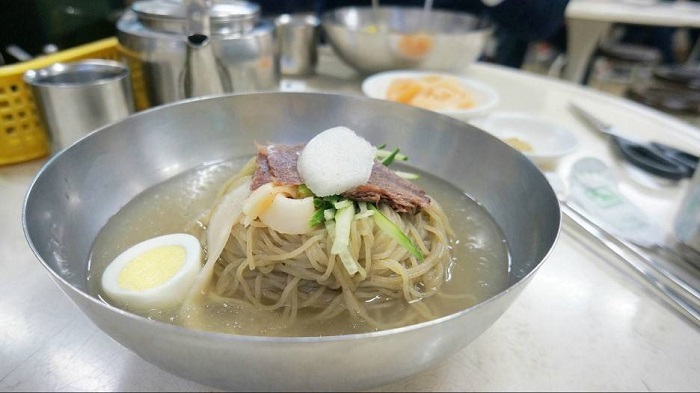
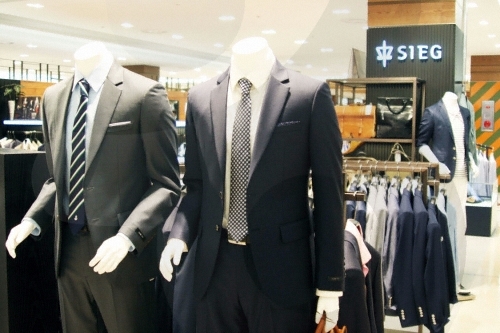
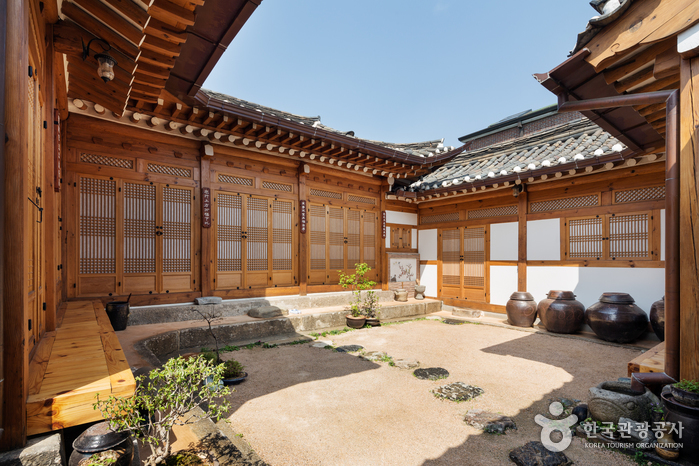
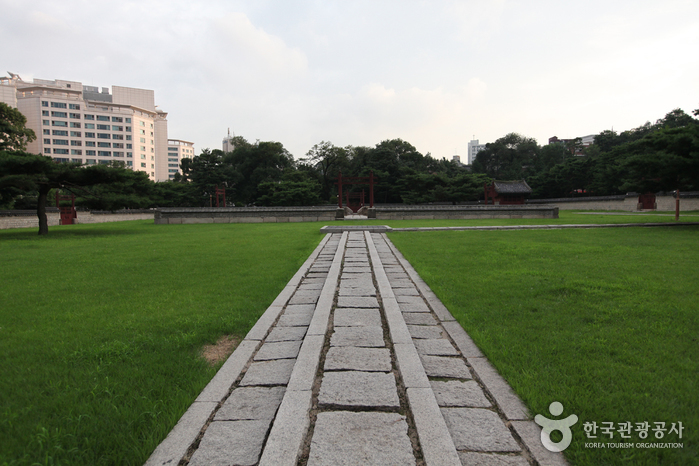
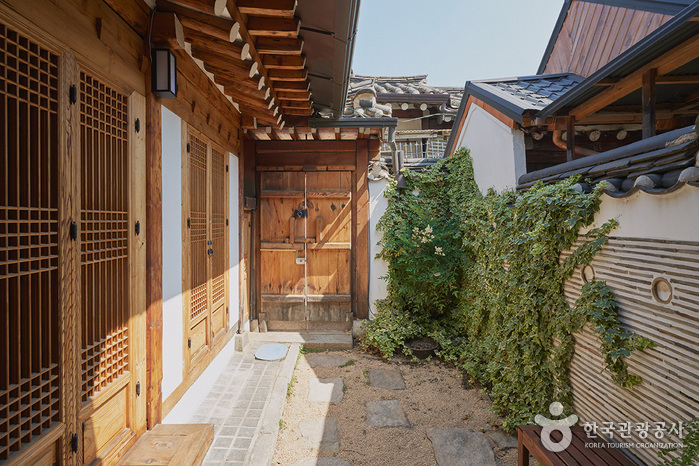
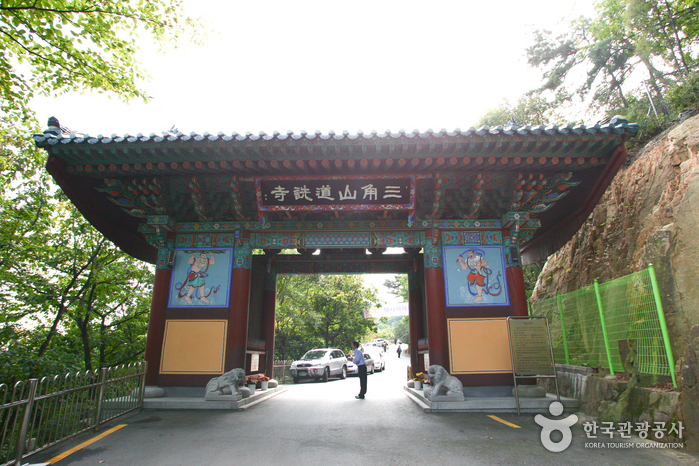
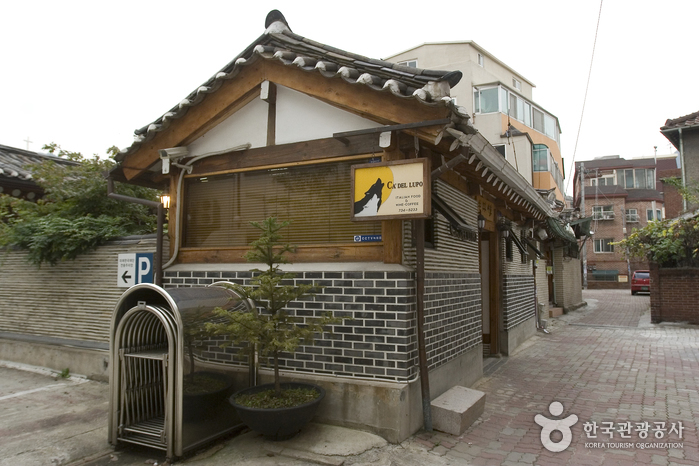
 Français
Français
 한국어
한국어 English
English 日本語
日本語 中文(简体)
中文(简体) Deutsch
Deutsch Español
Español Русский
Русский